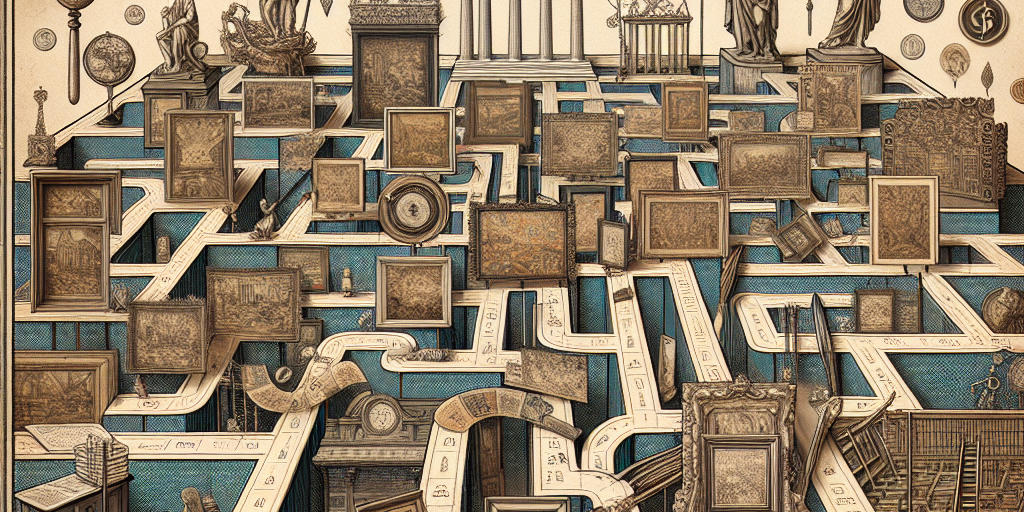The art world can be a complex and intimidating place, especially for those new to the scene. With so many galleries, collectors, and artists to navigate, it can be challenging to know where to start. One aspect of the art world that is particularly daunting for many is the secondary market. This is the market for buying and selling art that has already been produced and is no longer in the hands of the artist. Navigating the art secondary market can be a daunting task, but with a bit of knowledge and some helpful tips, it is possible to successfully navigate this world.
One of the first things to understand about the art secondary market is that prices can vary widely. Just because a piece of art is being sold for a certain price in one gallery or auction house does not mean that it is necessarily worth that amount. Prices can be influenced by a variety of factors, including the artist’s reputation, the condition of the piece, and market demand. It is important to do your research and compare prices across different galleries and auction houses to ensure that you are getting a fair deal.
Another important aspect of navigating the art secondary market is understanding the different players involved. Galleries, auction houses, dealers, and collectors all play a role in the secondary market, and each has its own set of rules and practices. It is essential to build relationships with these players and stay informed about their activities to stay ahead of the game.
When buying art on the secondary market, it is essential to consider the authenticity of the piece. Unfortunately, there are many fakes and forgeries circulating in the art world, and it is crucial to do your due diligence before making a purchase. Working with reputable galleries and dealers can help ensure that you are buying a genuine piece of art.
Finally, it is important to be aware of the potential risks involved in the art secondary market. Prices can be unpredictable, and there is always the chance that an artist’s reputation could decline, leading to a decrease in the value of their work. It is crucial to approach the secondary market with caution and to be prepared for any eventualities.
In conclusion, navigating the art secondary market can be a challenging but rewarding experience. By doing your research, building relationships with key players, and staying informed about market trends, it is possible to successfully navigate this world and build a valuable collection of art. With a bit of knowledge and some perseverance, anyone can take their first steps into the art secondary market and discover the beauty and excitement of collecting art.







